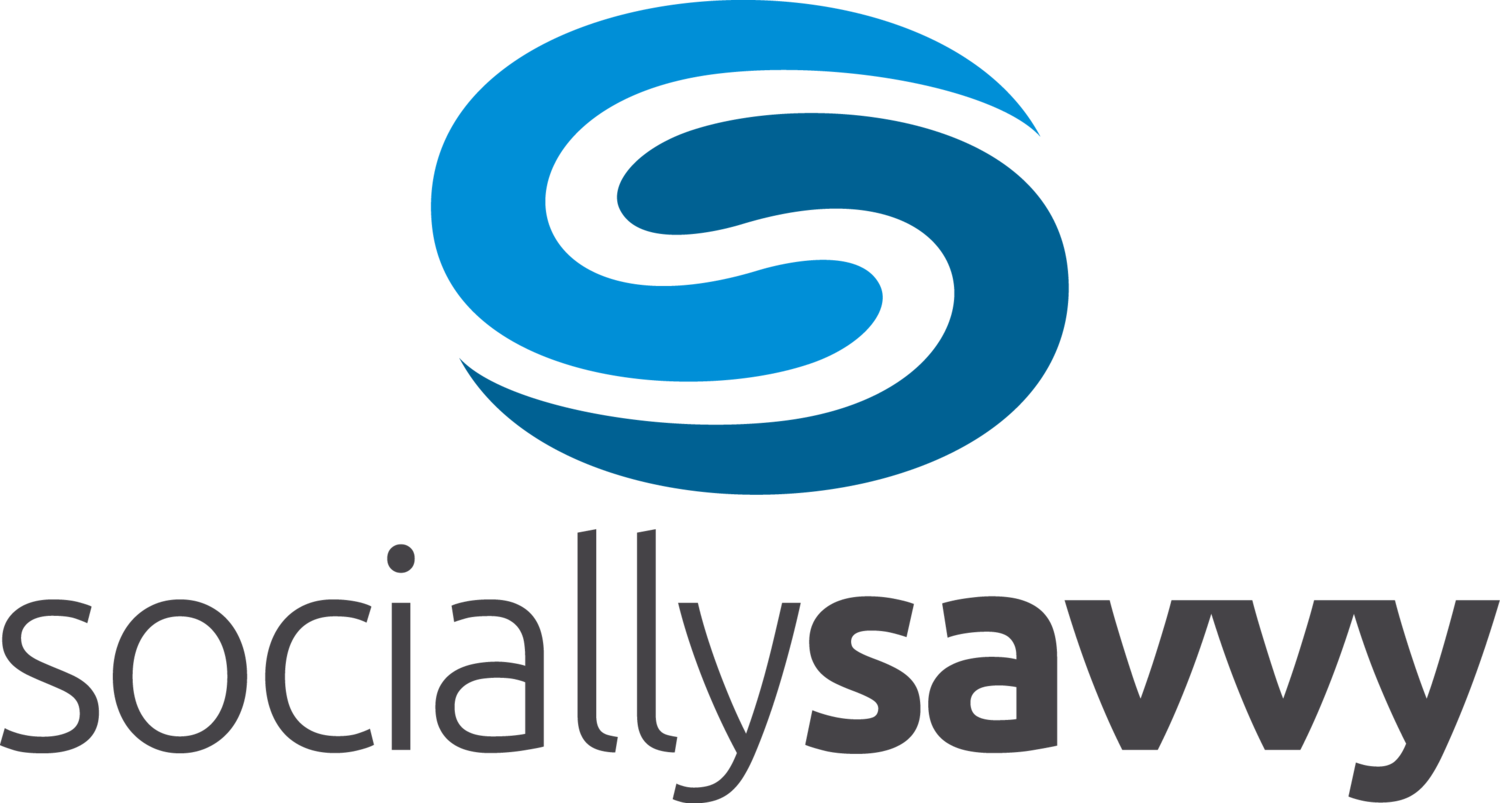Companies must start their social business journeys by defining the goals and outcomes they are trying to achieve. Below are five factors to consider when creating your social business program.
1. People
Most of your employees, partners and customers are using social media, and all of your future ones will be. When did it become permissible to have misalignment between employee skillsets and market demands? It is past time to formalize the on-boarding, employee and partner social business training program. The training needs to include an overview of the social business policy, guidelines to provide some guardrails and training to develop judgment in social situations.
2. Process
Devising the series of actions or steps to be taken in order to achieve social business success starts with defining goals and outcomes just like every other corporate planning exercise. Incorporating a social business program in the next year’s planning process, even if basic, is a “must” do. Existing processes exist to conduct this exercise and social business should be part of the process moving forward.
3. Tools
Unlike almost any other major business accelerator including the web and mobile, the cost to begin the corporate social business journey is minimal. Social business tools are mostly available to the public at little or no cost and there are minimal barriers to entry. Investments are initially resource and time-focused while learning the science of how to be effective in social channels and the art of “what”, “where” and “why” (creating content, finding one’s style and developing one’s voice).
4. Technology
Social technology momentum is accelerating at a rapid pace and shake out will occur as with every tech revolution. From community platforms to social analytics to content acceleration and amplification and beyond, the social technology space is changing rapidly. It is critical that organizations focus on the planning, people and process elements of their social business direction before over-investing in technology. Technology should not lead but rather enable, amplify and accelerate social activities and the social program.
5. Experience
No one has cracked the code across all the social channels and we are all learning and evolving. Internal and external customers can see right through you in the social sphere. Authentic, transparent communication and collaborations with the audiences you serve is paramount to develop trust and maintain it.

